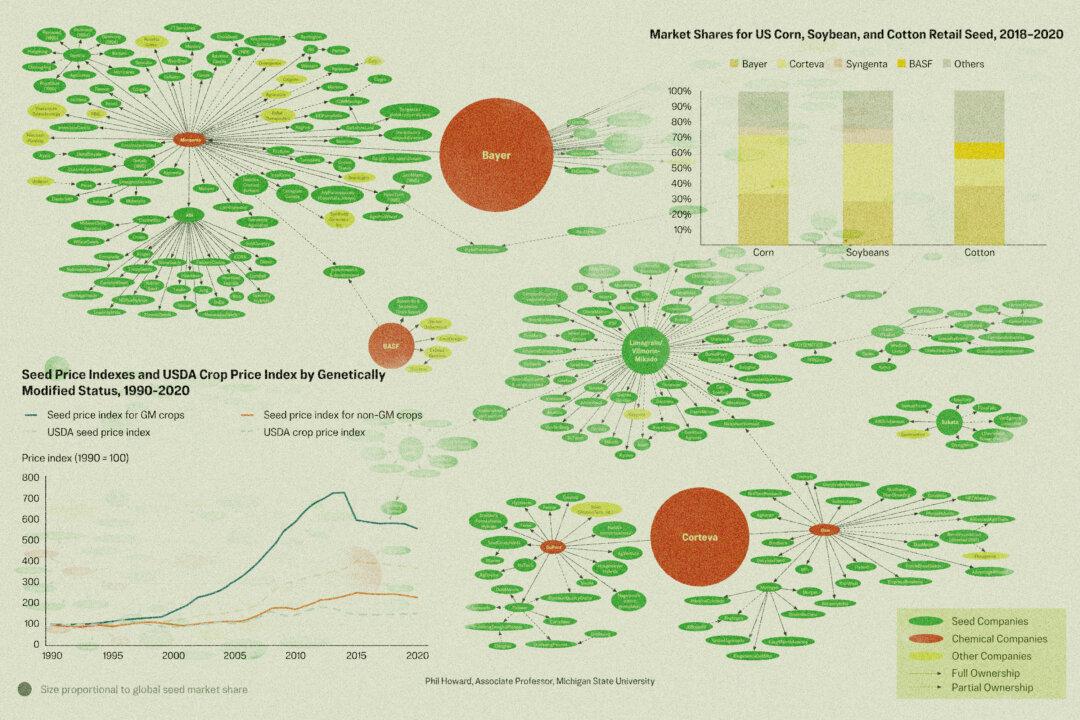Plastic recycling in the United States faces a serious conundrum. For decades, American homes and businesses have dutifully placed their used polymer wares in special bins to be hauled away and broken down by professionals.
Mountains of landfill-bound plastic being recycled is still considered a cornerstone of ethical waste management.





